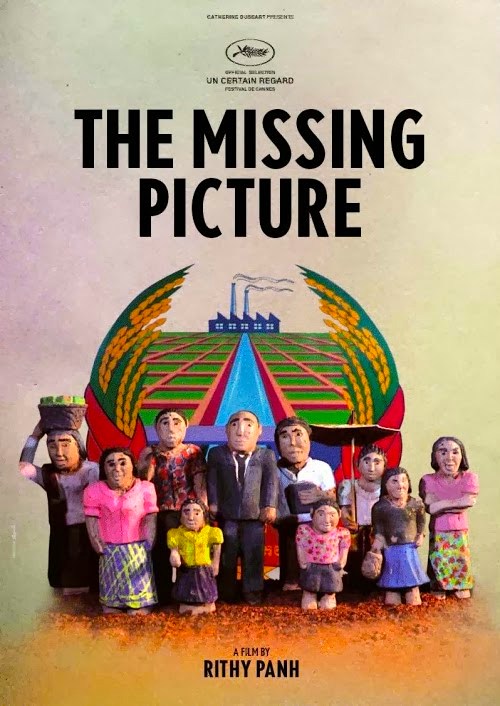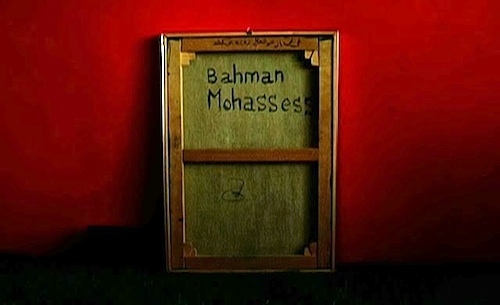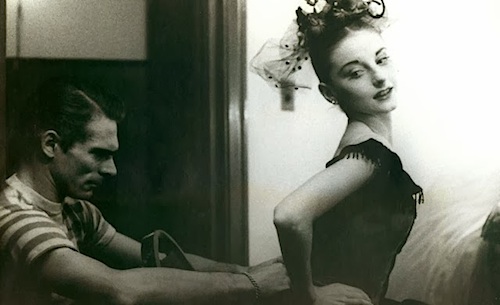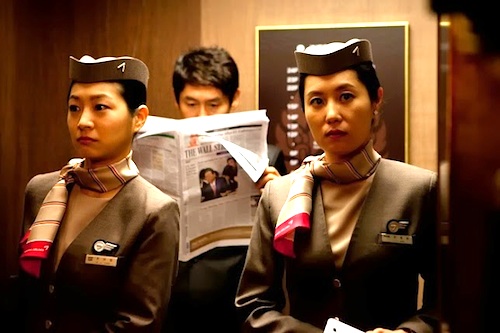By Joe Bendel. According to estimates, the Maoist Khmer Rouge regime executed ninety percent Cambodia’s creative artists and performers. During their reign of terror, the nation’s once thriving film industry was also literally decimated. Decades later, a filmmaker and a sculptor combined their talents to chronicle Cambodia’s years of madness with unusual power and grace. Rithy Panh is arguably the foremost documentarian chronicling the crimes of the Khmer Rouge, but to tell his family’s story he enlisted the skills of French Cambodian artist Sarith Mang. Where once there were no surviving images, Mang’s carved figures bring the tragic past back to life in Panh’s The Missing Picture, which screens during the 51st New York Film Festival.
While the Khmer Rouge churned out plenty of propaganda, they were more circumspect in documenting their own crimes. That left plenty of holes for Panh to fill in, as his title suggests. With the help of Mang’s coarse yet eerily expressive clay figurines, Panh recreates the torturous conditions he somehow lived through, but which claimed the lives of his parents, nephews, and little sister, one by one.
 Panh’s decision to use Mang’s figures and richly detailed diorama backdrops might sound bizarrely hyper-stylized, but it is shockingly effective. Frankly, the scenes depicting the horrifying death of Panh’s sister are nothing less than devastating. It is an unlikely approach, but it directly conveys the emotional essence of the circumstances.
Panh’s decision to use Mang’s figures and richly detailed diorama backdrops might sound bizarrely hyper-stylized, but it is shockingly effective. Frankly, the scenes depicting the horrifying death of Panh’s sister are nothing less than devastating. It is an unlikely approach, but it directly conveys the emotional essence of the circumstances.
To better understand the extent of what was lost, Panh periodically looks back at happier, pre-Khmer Rouge days, as well. Again, he compellingly evokes of tactile sense of those innocent times. Viewers can practically smell the spices at the neighborhood parties as they listen to a hip local rendition of Wilson Pickett’s “Midnight Hour.”
Rarely has a documentary ever been so exquisitely crafted. Each and every one of Mang’s figures is a work of art, perfectly lit and lensed by cinematographer Prum Mésa to bring out their full eloquence. Composer Marc Marder supports the visuals with what might be the most mournful film score since Schindler’s List. It is a film that resounds with raw pain and defiant honesty (aside from a dubious bit of moral equivalence regarding western capitalism, probably tossed out to mollify festival programmers).
Not a film to be shrugged off, The Missing Picture holds viewers completely rapt and haunts them for days after viewing. Recommended for a considerably wider audience than traditional doc watchers, it screens this coming Monday (9/30) at the Beale Theater and Tuesday the eighth at the Gilman as an official selection of the 2013 NYFF.
LFM GRADE: A-
Posted on September 27th, 2013 at 3:20pm.



